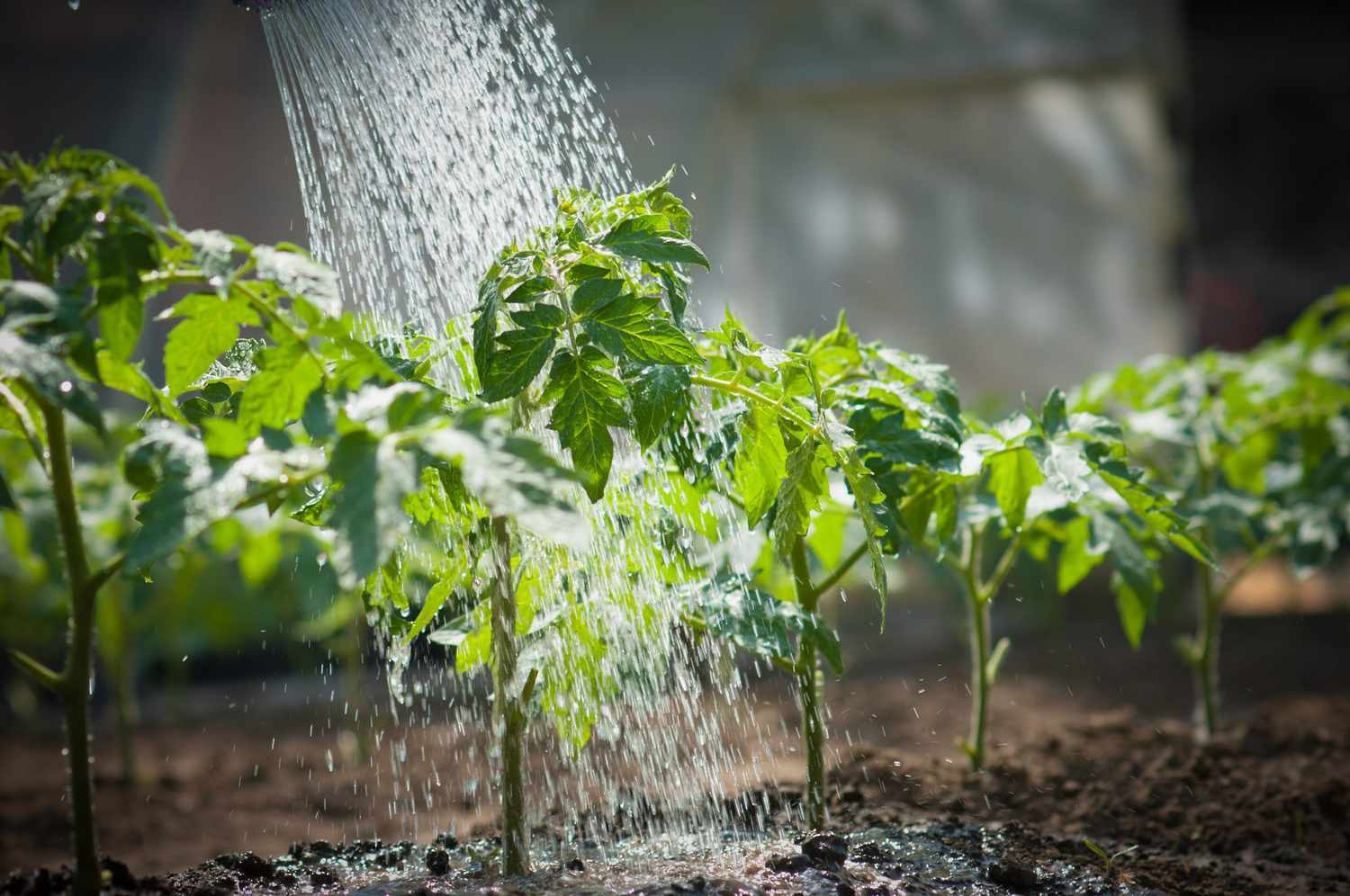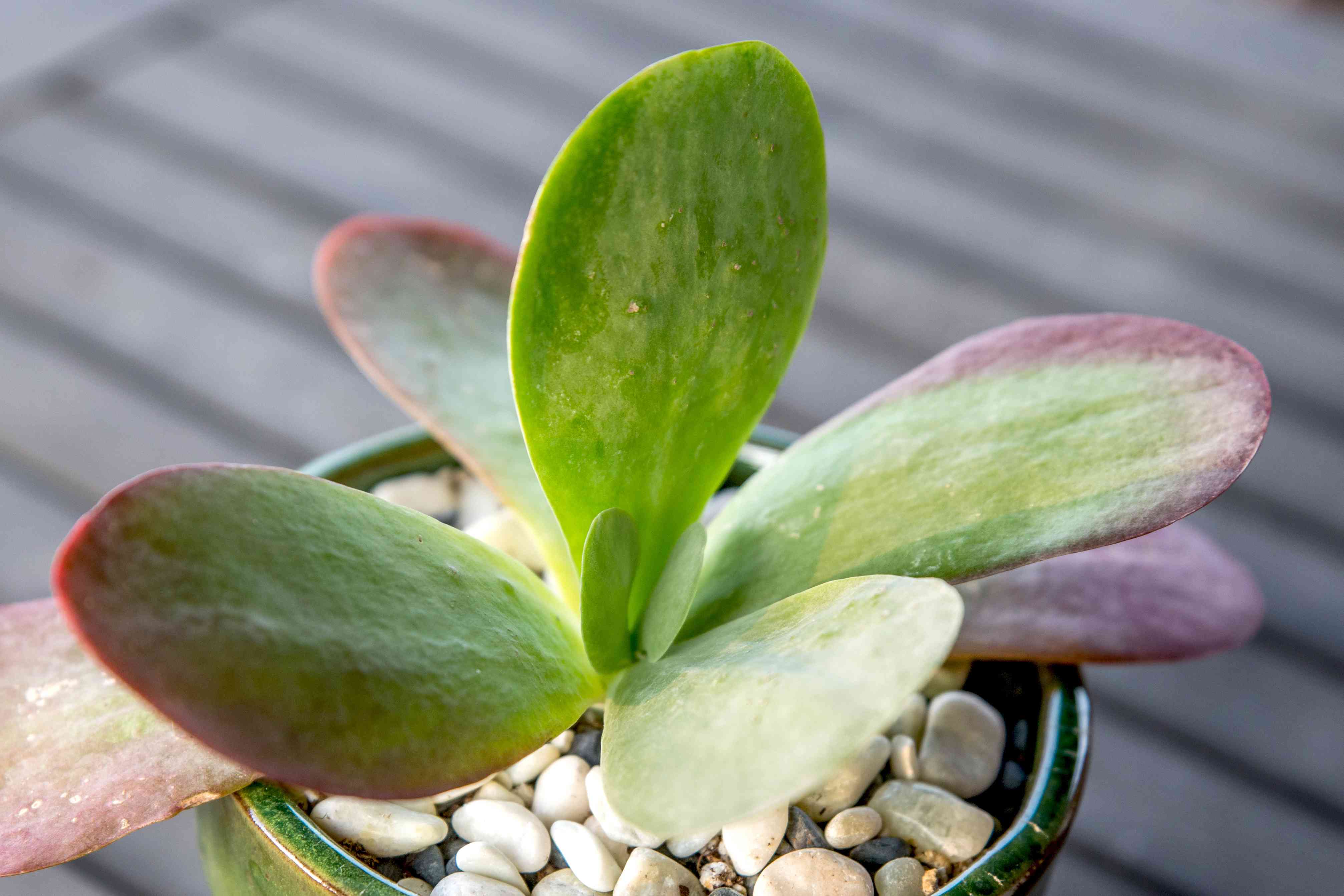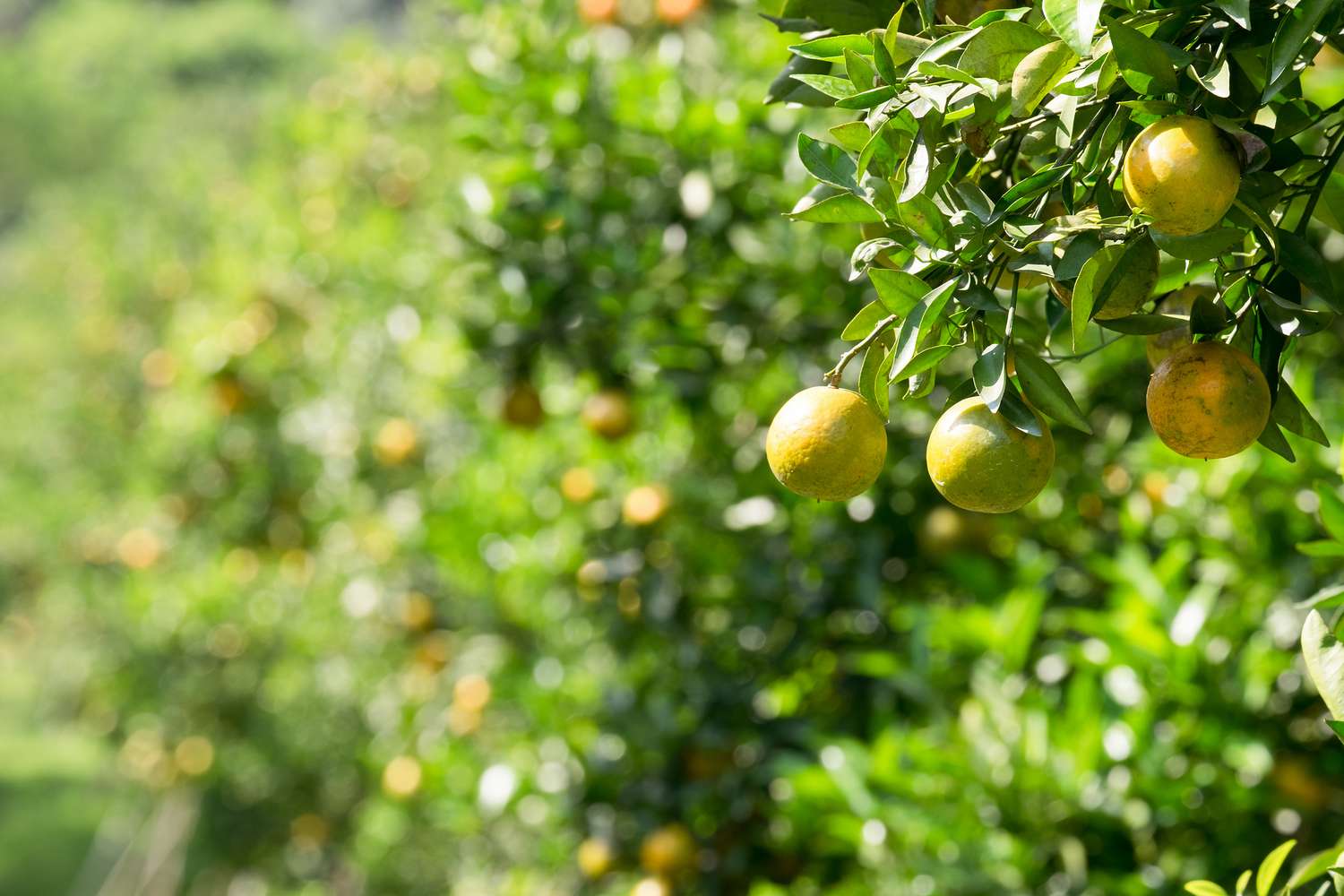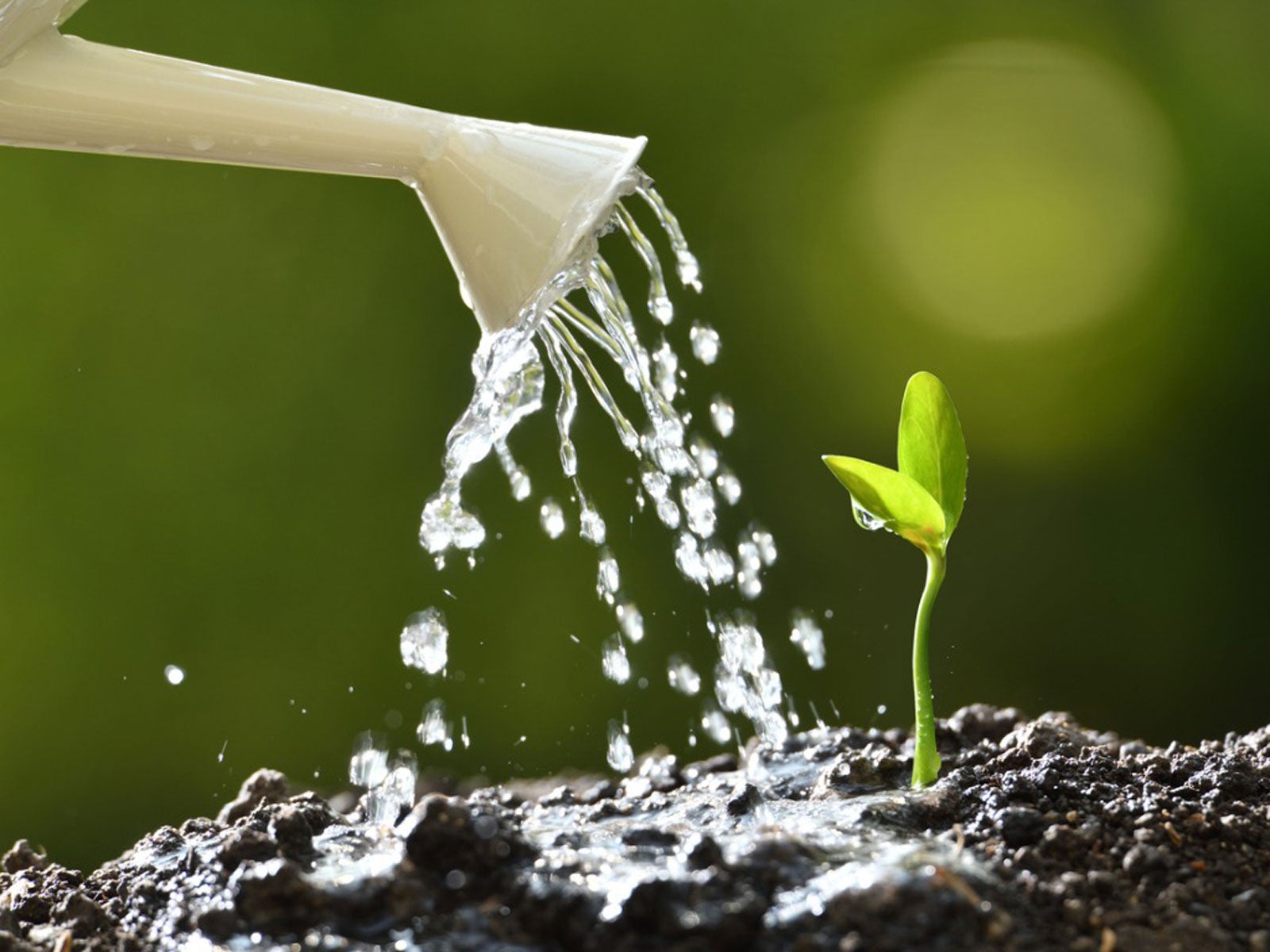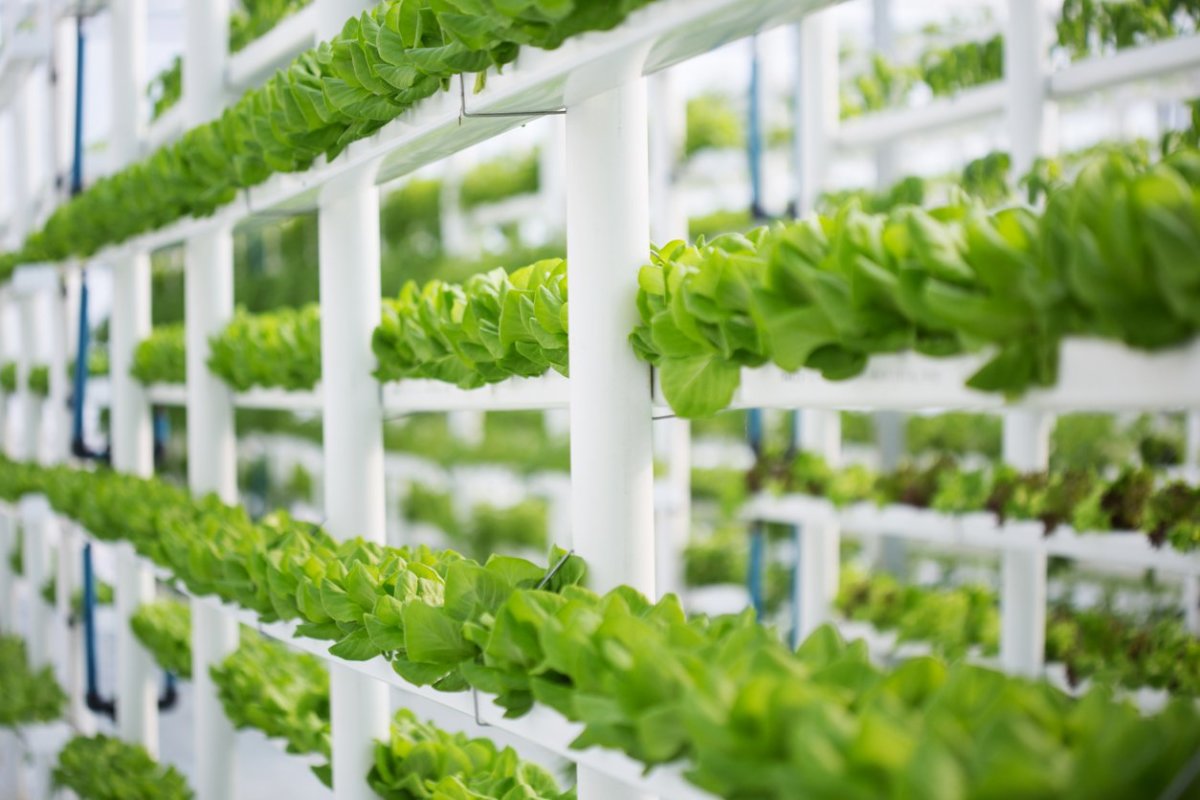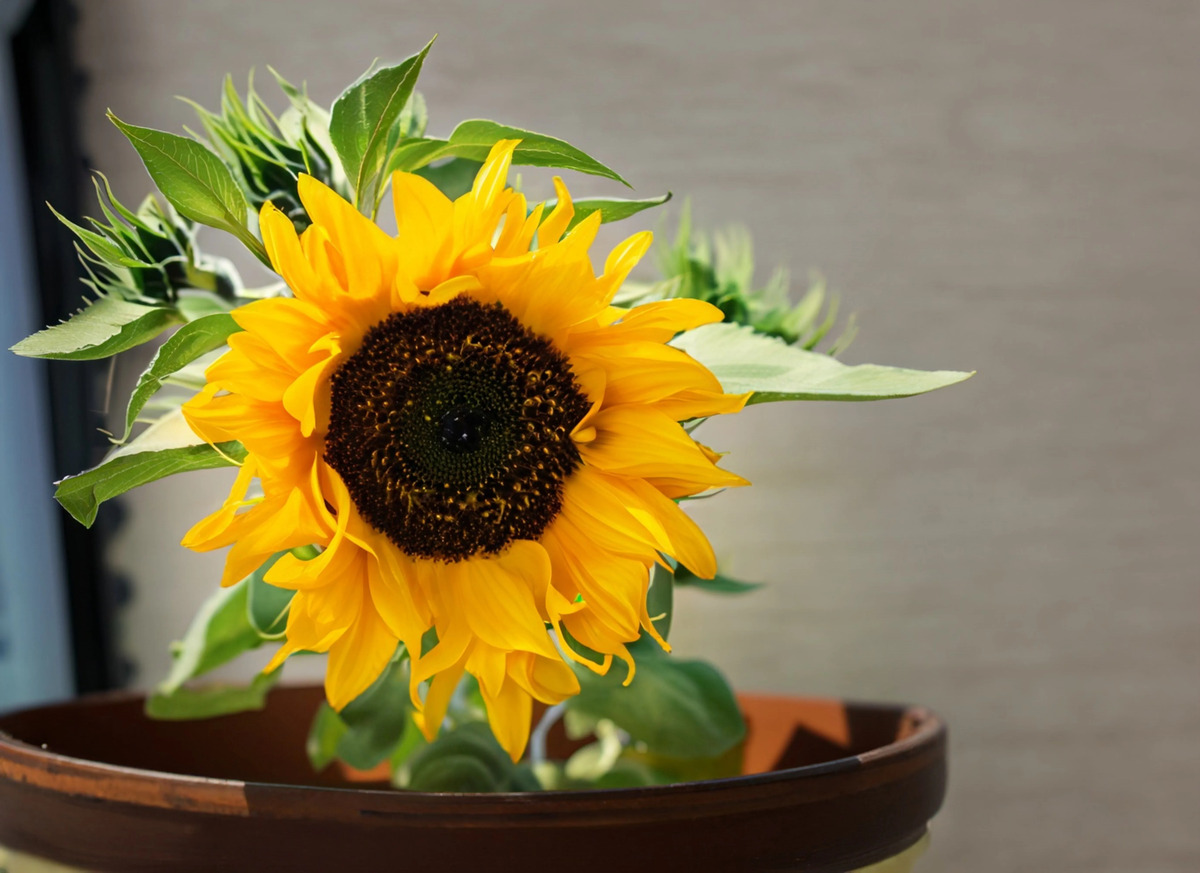Home>Gardening Techniques>Plant Care>How Often To Water Propagating Succulents


Plant Care
How Often To Water Propagating Succulents
Modified: January 22, 2024
Looking for plant care tips? Learn how often to water propagating succulents and ensure their healthy growth with our expert advice.
(Many of the links in this article redirect to a specific reviewed product. Your purchase of these products through affiliate links helps to generate commission for Chicagolandgardening.com, at no extra cost. Learn more)
Table of Contents
- Introduction
- Factors Affecting Watering Frequency
- Signs of Underwatering Succulent Cuttings
- Signs of Overwatering Succulent Cuttings
- Proper Watering Techniques for Propagating Succulents
- Frequency of Watering Succulent Cuttings
- Best Time of Day to Water Succulent Cuttings
- Watering Mistakes to Avoid
- Conclusion
Introduction
Welcome to the world of propagating succulents! Succulents are beautiful and resilient plants that have gained immense popularity over the years. Whether you’re a seasoned gardener or a beginner, propagating succulents can be a rewarding and enjoyable experience. However, one crucial aspect of succulent propagation is understanding how often to water them.
Watering frequency plays a vital role in the success of propagating succulents. While succulents are known for their ability to store water in their leaves and stems, it’s important to strike a balance between providing enough hydration and avoiding overwatering. Finding the right watering routine can help your succulent cuttings establish roots, grow healthy foliage, and thrive in their new environment.
In this article, we will explore the factors that affect watering frequency, signs of underwatering and overwatering succulent cuttings, proper watering techniques, and the best time of day to water. Additionally, we will discuss common watering mistakes to avoid to ensure the health and longevity of your propagated succulents.
By the end of this article, you’ll have a solid understanding of how often to water your propagating succulents and the knowledge to keep them flourishing.
Factors Affecting Watering Frequency
Several factors come into play when determining the watering frequency for your propagating succulents. Understanding these factors will help you create an ideal watering schedule and maintain the health of your plants.
1. Succulent Type: Different succulent varieties have varying water requirements. Some succulents, such as Echeveria and Sedum, prefer more frequent watering, while others, like Haworthia and Aloe, thrive with less frequent watering. Research the specific succulent species you’re propagating to determine their water needs.
2. Environmental Conditions: The climate and location where your succulents are kept will influence their water requirements. Succulents in hot, dry climates may need more frequent watering than those in cooler or more humid environments.
3. Season: Succulent watering needs can fluctuate with the changing seasons. During the active growth period in spring and summer, succulents typically require more water to support their growth. In contrast, during the dormant period in fall and winter, succulents need less frequent watering.
4. Potting Mix and Container: The type of soil and container you use can affect the water retention and drainage capabilities. Well-draining soil, specifically formulated for succulents, is crucial to prevent waterlogged roots and promote healthy growth. Terra cotta pots or containers with drainage holes allow excess water to escape, preventing overwatering.
5. Plant Size and Development: The size and stage of development of your succulent cuttings can impact their water needs. Newly propagated succulents with underdeveloped roots require less water initially, while more established plants may require more frequent watering.
By considering these factors, you can better determine the watering frequency that suits your propagating succulents. Remember, it’s always better to underwater than overwater, as succulents are more tolerant of drought conditions than excessive moisture.
Signs of Underwatering Succulent Cuttings
Proper watering is essential for the healthy growth of succulent cuttings. Underwatering can be detrimental to their development, so it’s important to be able to recognize the signs and take appropriate action. Here are some common indicators of underwatering:
- Wilting: One of the most obvious signs of underwatering is when the leaves of your succulent cuttings start to wilt or droop. This is a response to the lack of water and is the plant’s way of conserving moisture.
- Shriveling: If your succulent cuttings appear shriveled or wrinkled, it’s a clear indication that they are not receiving enough water. The leaves will lose their plumpness and may become soft and limp.
- Dry and crispy leaves: Underwatered succulents often develop dry and crispy leaves. The lack of water causes the leaves to lose moisture, resulting in a brittle texture.
- Slow or stunted growth: Succulents need water to fuel their growth. If your cuttings aren’t receiving enough water, their growth may slow down or even come to a halt.
- Leaf drop: Underwatered succulent cuttings may drop their leaves as a survival mechanism. This is a way for the plant to conserve energy and reduce water loss through transpiration.
- Roots drying out: In severe cases of underwatering, the roots of succulent cuttings may dry out and become brittle. This can be observed when you gently remove the plant from its pot and inspect the root system.
It’s important to address underwatering promptly to prevent long-term damage to your succulent cuttings. Adjust your watering schedule and provide enough water to revive the plants. Be careful not to overcompensate and overwater them in the process.
Now that you can identify the signs of underwatering, you can take the necessary steps to ensure your succulent cuttings receive adequate hydration for optimal growth and health.
Signs of Overwatering Succulent Cuttings
While underwatering succulent cuttings is a common concern, it’s equally important to be aware of the signs of overwatering. Overwatering can lead to root rot and other issues that can negatively impact the health of your succulent cuttings. Here are some telltale signs that your succulents are being overwatered:
- Yellow and translucent leaves: When succulent cuttings are overwatered, their leaves may turn yellow and become translucent. This is a result of the excessive moisture causing the cells in the leaves to burst, leading to discoloration.
- Mushy or soft leaves: Overwatered succulents often have leaves that feel mushy or overly soft to the touch. This is a result of the excess water causing the cells in the leaves to swell and become waterlogged.
- Root rot: Overwatering can lead to root rot, which is a fungal disease that affects the roots of plants. If your succulent cuttings have an unpleasant odor, blackened or slimy roots, or are easily dislodged from the soil, it’s likely they are suffering from root rot.
- Wilting despite moisture: While it may seem counterintuitive, overwatered succulent cuttings can exhibit wilting, even when the soil is moist. This is because the roots have become damaged and are unable to take up water properly.
- Stunted growth: Excessive moisture can hinder the growth of succulent cuttings. If you notice that your plants aren’t growing as expected or aren’t producing new leaves, overwatering may be the culprit.
- Pest infestation: Overwatered succulents can become more susceptible to pests, such as fungus gnats, which thrive in moist environments. If you notice an increase in pest activity around your succulent cuttings, it could be a sign of overwatering.
If you observe any of these signs, it’s important to adjust your watering practices. Allow the soil to dry out before watering again, and ensure your succulent cuttings are planted in well-draining soil. You may also need to adjust the frequency of your watering to prevent overwatering in the future.
Recognizing the signs of overwatering will help you take the necessary steps to prevent root rot and promote the overall health and vitality of your propagating succulent cuttings.
Proper Watering Techniques for Propagating Succulents
Watering succulent cuttings may seem like a straightforward task, but it requires a careful approach to ensure their successful growth. Here are some proper watering techniques to follow when propagating succulents:
- Use the soak and dry method: Succulents prefer a watering technique called the soak and dry method. This involves thoroughly saturating the soil during each watering session and allowing it to completely dry out before watering again. This mimics the natural rainfall patterns in their native habitats.
- Water at the base: When watering succulent cuttings, it’s best to direct the water at the base of the plant, avoiding getting water on the leaves. This helps prevent the development of fungal diseases and keeps the foliage dry, reducing the risk of rot.
- Avoid overwatering: Overwatering is a common mistake that can harm succulent cuttings. Only water when the soil is completely dry, and be cautious about watering too frequently. Remember, it’s better to underwater than overwater, as succulents can tolerate drought better than excess moisture.
- Provide proper drainage: Ensure that the pots or containers used for propagating succulent cuttings have drainage holes. Good drainage is crucial to prevent water from pooling at the bottom and causing root rot. If your container lacks drainage holes, consider transferring the cuttings to a container that provides proper drainage.
- Opt for well-draining soil: Succulents thrive in soil that offers excellent drainage. Use a well-draining soil mix specifically formulated for succulents or create your own by combining potting soil with perlite or coarse sand. This will prevent water from becoming trapped and promote aeration around the roots.
- Use a watering can or a gentle stream: To avoid excessive force or water displacement, it’s advisable to use a watering can with a narrow spout or a gentle stream of water. This allows for controlled watering and minimizes the risk of causing damage to delicate succulent cuttings.
- Observe the plant’s response: Pay attention to how your succulent cuttings react to watering. If they’re thriving and showing signs of healthy growth, you can continue with your current watering routine. If they’re exhibiting signs of underwatering or overwatering, adjust your watering frequency accordingly.
By following these proper watering techniques, you can provide the right amount of hydration to your succulent cuttings, promoting their root development and overall health.
Frequency of Watering Succulent Cuttings
The frequency of watering succulent cuttings is a crucial factor in their growth and health. While every succulent is unique and may have slightly different watering requirements, there are general guidelines to help you determine how often to water them.
As a general rule of thumb, it’s recommended to water succulent cuttings once the soil has completely dried out. This can vary depending on factors like the succulent type, environmental conditions, and time of year. Here are some guidelines to consider:
- Spring and summer: During the active growing season in spring and summer, succulents typically require more frequent watering. As the weather gets warmer, succulents may need to be watered every 7-10 days.
- Fall and winter: Succulents enter a dormant phase in fall and winter, and their water requirements decrease. Watering once every 2-3 weeks or when the soil is dry to the touch is typically sufficient during this period.
- Observe the soil moisture: Rather than relying solely on a set watering schedule, it’s essential to pay attention to the moisture level of the soil. Before watering, check the soil by inserting your finger into it. If it feels dry up to the first knuckle, it’s time to water. If it still feels moist, it’s best to wait a little longer.
- Consider succulent type: Different succulent varieties have varying water needs. Succulents with plump leaves, such as Echeveria and Crassula, usually require more water, while those with thin leaves, like Sedum and Haworthia, can tolerate drier conditions.
- Adapt to your environment: Take into account the climate and surroundings in which your succulent cuttings are placed. Hot and dry climates may necessitate more frequent watering, while cooler or humid environments may require less frequent watering.
- Err on the side of underwatering: Succulents are better equipped to handle drought than excessive moisture. If you’re unsure about watering frequency, it’s safer to underwater than overwater. Succulents can withstand short periods of drought, but they can suffer irreversible damage from overwatering.
Remember, the key to maintaining healthy succulent cuttings is to establish a watering routine based on their specific needs. Adjust your watering frequency as necessary, and always prioritize the dryness of the soil over a strict schedule.
By finding the right balance and understanding the watering needs of your succulent cuttings, you can ensure their well-being and promote their overall growth and vitality.
Best Time of Day to Water Succulent Cuttings
The timing of watering can play a significant role in the health and well-being of your succulent cuttings. While there is some flexibility in choosing the best time of day to water, there are a few guidelines to keep in mind:
- Morning: Watering succulent cuttings in the morning is generally considered the best time. The early morning hours allow the plants to absorb the moisture and dry off any excess water before temperatures rise. This timing helps prevent prolonged moisture on the leaves, reducing the risk of fungal diseases.
- Avoiding midday heat: Watering succulent cuttings during the hottest part of the day, usually between 10 a.m. and 4 p.m., should be avoided. The intense heat can cause the water to evaporate quickly, leading to insufficient absorption by the roots. Additionally, wet leaves during this period can increase the risk of sunburn or scorching.
- Afternoon: If mornings are not feasible, watering in the late afternoon or early evening can be a suitable alternative. The temperatures are generally cooler, allowing the water to be absorbed before nightfall. However, it’s important to avoid wetting the foliage to prevent potential issues related to prolonged moisture.
- Adjust based on environment: Consider the climate and conditions in your specific environment. If you live in a hot and dry region, watering in the morning or late afternoon might be more beneficial to ensure the plants have enough moisture to withstand the heat of the day. In cooler or humid climates, it may be less critical to strictly adhere to specific watering times.
- Consistency is key: Regardless of the time of day you choose to water, consistency in your watering routine is crucial. Maintaining a regular schedule allows the succulents to establish a healthy root system and adapt to their watering patterns.
Ultimately, the best time of day to water succulent cuttings depends on factors such as your climate, daily schedule, and the specific needs of your plants. Observing how your succulents respond to watering at different times can help you determine the most optimal watering routine in your particular environment.
By being mindful of the timing of your watering sessions, you can promote healthy growth and avoid potential issues related to excessive moisture on your succulent cuttings.
Watering Mistakes to Avoid
When it comes to watering succulent cuttings, it’s important to avoid common mistakes that can harm their growth and overall health. By being aware of these mistakes, you can ensure proper care for your succulents. Here are some watering mistakes to avoid:
- Overwatering: Perhaps the most common mistake is overwatering succulent cuttings. Succulents are adapted to dry conditions and store water in their leaves and stems. Providing too much water can lead to root rot, yellowing leaves, and ultimately, the death of the plant. Always allow the soil to dry out between watering sessions.
- Using the wrong type of soil: Succulents require well-draining soil to thrive. Using regular potting soil that retains too much moisture can cause root rot. Make sure to use a well-draining soil mix specifically formulated for succulents or create your own by adding perlite or coarse sand to improve drainage.
- Watering on a set schedule: It’s important to remember that the watering needs of succulent cuttings can vary depending on factors such as climate, season, and individual plant species. Instead of following a strict watering schedule, check the moisture level of the soil and water only when the soil has completely dried out.
- Watering from above: Watering succulent cuttings from above, especially with a strong stream of water, can lead to water pooling on the leaves. This increases the risk of fungal diseases and rot. Instead, water at the base of the plant and allow the water to soak into the soil.
- Using containers without drainage: Succulents need excellent drainage to prevent waterlogged roots. Planting succulent cuttings in containers without drainage holes can trap excess water, leading to root rot. Ensure that the pots or containers you use have adequate drainage to allow water to escape.
- Not considering environmental factors: Environmental conditions such as temperature, humidity, and air circulation can impact the watering needs of succulent cuttings. Take these factors into account when determining your watering routine. For example, succulents in hot and dry climates may require more frequent watering than those in cooler or more humid environments.
- Ignoring the signs of underwatering or overwatering: Pay attention to how your succulent cuttings respond to watering. Ignoring signs of underwatering or overwatering can have detrimental effects on their health. Adjust your watering practices if you notice wilting, yellowing leaves, or other signs indicating a watering imbalance.
Avoiding these watering mistakes will help you maintain the health and longevity of your succulent cuttings. By providing the right amount of water and ensuring proper drainage, you can create an ideal environment for your succulents to thrive.
Conclusion
Proper watering is essential for the successful propagation of succulent cuttings. By understanding the factors that affect watering frequency, recognizing the signs of underwatering and overwatering, and implementing the right watering techniques, you can promote the health and growth of your succulent cuttings.
Factors such as succulent type, environmental conditions, and seasonality all play a role in determining how often to water. It’s important to observe the soil moisture, adjust watering frequency accordingly, and prioritize dryness over a strict schedule. Avoid common watering mistakes, such as overwatering, using the wrong type of soil, and neglecting drainage, to prevent issues like root rot and fungal diseases.
Additionally, paying attention to the best time of day to water and considering environmental factors can further optimize the watering routine for your succulent cuttings. Water in the morning or late afternoon, avoid midday heat, and be consistent in your watering practices.
Remember, succulents are resilient plants, and they can tolerate periods of drought better than excessive moisture. It’s always better to underwater than overwater. By providing just the right amount of water and creating a well-draining environment, you can ensure the long-term health and beauty of your propagated succulent cuttings.


